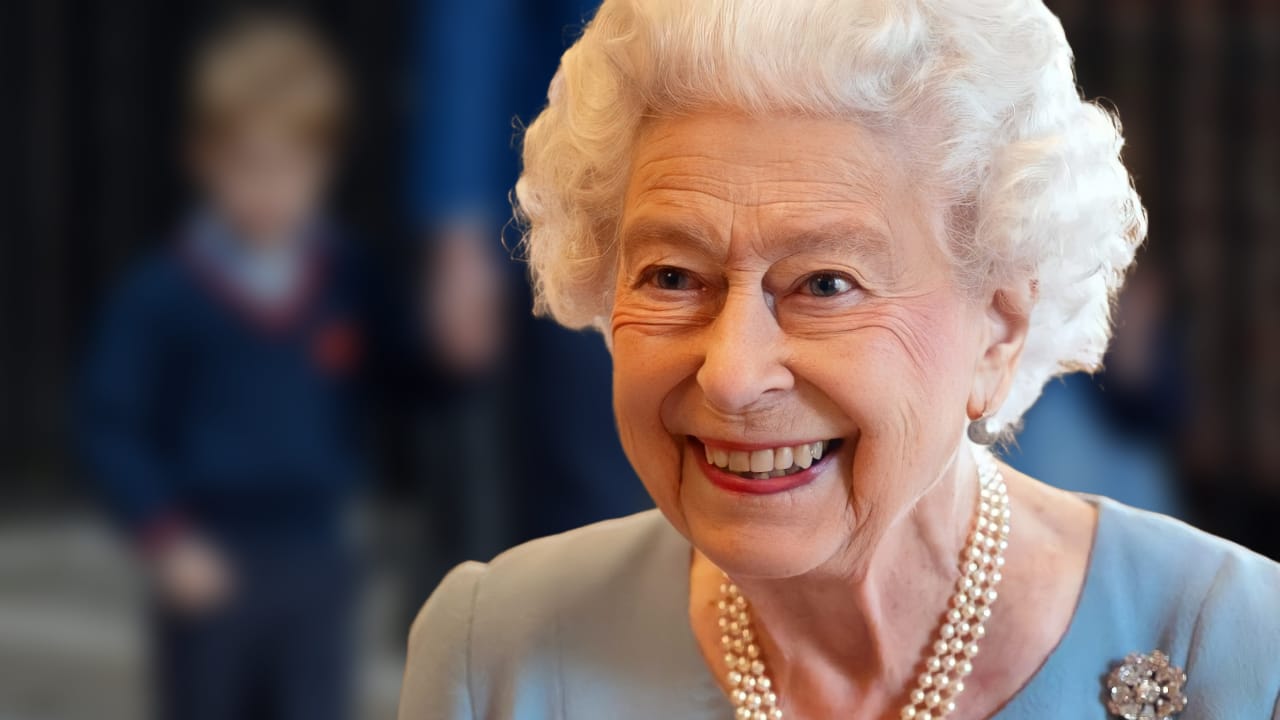This is a first in France on such a large scale. For more than 6 months, several dozen residents of the city of Rezé have recorded the noises of their neighborhood via an application. An initiative of the city of Rezé and the Gustave Eiffel University of Bouguenais. Objective: identify quiet areas and noisy areas, and find solutions together to fight against noise pollution.
Robert has lived in Rezé for 23 years. Although he says he lives in a relatively quiet area, he is very bothered by certain noises. “What bothers me the most is the noise of the planes when they take off” he specifies.
Record neighborhood sounds
It was these noise disturbances that prompted this Rezéen to try a new experience, called “Sonorezé”. Thanks to a smartphone application, “Noise Capture”, he has been recording all the sounds around him for 6 months.
A form of participatory science, which also seduced Marie-Pierre, who has lived in Rezé for six years. “I think citizen science is the future. It allows all points of view to be taken into account in a reasoned way. I find that very constructive.”
Participatory science makes it possible to collect reliable data.
The experiment is carried out in partnership with the Gustave Eiffel University of Bouguenais. “We researchers would be able to capture the sound environments in a small town, but not in a town like Rezé, explains Arnaud Can, researcher in environmental acoustics at the Gustave Eiffel University in Bouguenais. “This is why participatory science is essential for us. It allows us to collect more reliable data, and above all to see how the inhabitants are seizing this opportunity.”
This real-time sound data collection then allows participants to discuss it with elected officials. “The idea is to involve everyone around the world, explains Claire Guiu, nature city assistant in Rezé. It is not only the scientific data that must be taken into account, but also the daily sound perceptions of the inhabitants.
Ultimately, the goal is to map noise and fight against noise pollution. And even if the results are already in, the participants say they want to continue recording the sounds around them. If they were about twenty volunteers at the beginning of the experiment in January, they are now nearly 130 participants.
–


